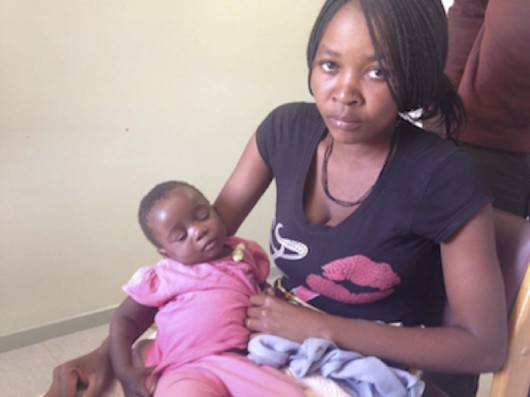Child birth is both beautiful and dangerous. Well known and still tragically common are the direct causes of maternal deaths: hemorrhage, infections, obstructed labor, and hypertensive disorders in pregnancy. But there also exist birth-related disabilities; ones not causing death near the time of delivery, but leading to extended incapacity and suffering not only for women themselves but also their children and families.
What are these disabilities? HIV/AIDS, for one, disproportionately impacts women of childbearing age. The 2013 UNAIDS Report documents that worldwide for women in their reproductive years (15–49), HIV/AIDS is the leading cause of death. Another is obstetrical fistula, leaving women incontinent of urine or feces or both, results from prolonged, obstructed labor. Some 1 million women live with obstetrical fistula, with fewer than two out of one hundred ever being treated. The most horrific birth-related disabilities is female genital mutilation/cutting; gruesome procedures sometimes referred to as female circumcision that result in infertility, recurrent urinary tract infections, and increased risk for childbirth complications.
What can we do prevent such women’s birth-related disabilities? Inclusion of this theme in women’s health forums is an important step, since these remain largely unrecognized. Support for targeted women’s health organizations, like Fistula Foundation and 28 Too Many, can link us with global movements. And supervised service-learning experiences, like those offered through the INMED Diploma programs, provide real-life application opportunities to intervene on behalf of women at risk.

